Screw Capping Machine Features, Components, and Applications
When it comes to purchasing a Screw Capping Machine, you’ve got a lot of options. There are features, components, weight, and size to consider. This article will give you an overview of the different types available. Once you’ve narrowed down your choices, you can start shopping for a machine that’s right for you. Bhagwati Pharma is a renowned manufacturer of capping equipment.
Screw Capping Machine Features
Screw capping machines come in a variety of different sizes. Some are designed to do continuous capping of a variety of different bottle sizes and are available with several features. Some are fully automatic and can be controlled using a touch screen panel or finger knobs. Others can be configured to do manual or automatic capping of various containers. Regardless of the size of the operation, a screw capping machine can be configured to suit the needs of the business.
Stainless steel is used in the production of these machines. The parts that come into contact with the aluminum caps are made of stainless steel. The conveyor and the star wheels have single motors that are synchronized to operate smoothly. They can also be incorporated with different bottle and cap configurations later. They can also be added to a production line if needed. And, of course, they are fully customizable. And, if you are looking to upgrade your current production line, a screw capping machine is the perfect addition.
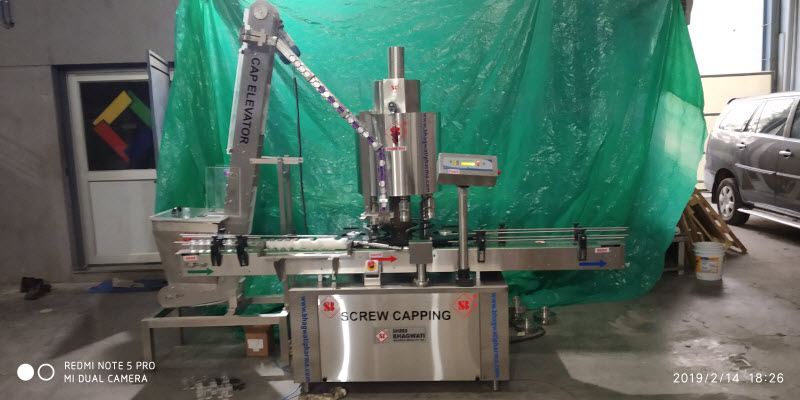
Automatic screw capping machines offer a number of advantages, including precision construction finish and advanced technology support. They can fit the production requirements of a variety of industries, including hazardous solvents, pharmaceuticals, and food and beverage processing. Additionally, they offer a wide range of filling sizes and output speeds. These machines are also made in accordance with GMP standards, resulting in a smooth and trouble-free operation.
Screw capping machines are available in fully automatic and manual configurations. Manual versions require the operator to feed the cap-container combination into the capper. Fully automatic machines, on the other hand, use spindle disks that apply torque on the lids. A manual screw capper can be used with a screw capping machine to put a cap on a container.
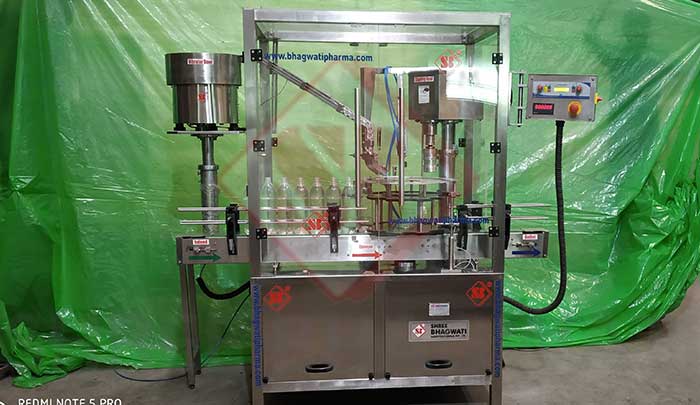
Components of Screw Capping Machine
Depending on the size and capacity of a factory, screw capping machines are made of several components. These machines are available in various configurations, and can be customized according to the size of raw materials and space available. The components of a screw capping machine are manufactured in four stages. Here’s an overview of each step:
A screw capping machine’s lid feeder is a key component. It sorts the caps before they are inserted into the machine. The design of the lid feeder depends on the cap geometry. It also contains a cap chute. Once the cap has been inserted into a bottle, it will be placed on top of the bottle. Depending on the design, it can also have a bottle feeder.
There are two types of screw capping machines: fully automatic and semi-automatic. Automatic machines feature a rotating disk that applies torque to the lid to create a seal. Automatic screw capping machines are usually automatic, and some are also fitted with a conveyor system. The latter can auto-feed lids and allow a continuous capping process. You can choose the type of screw capping machine that’s right for your operation by taking a look at the features and price.
Depending on the size of your business, you may require different capping machines. Traditional flat caps are the easiest to apply and tighten. Many capping machines are compatible with both. However, taller caps may be restricted to vibratory or centrifugal machines. Different-shaped caps may require stripping via a cap chute or vertical placement on the container. You must choose the appropriate capping machine according to the geometry of the caps to avoid any possible damage.
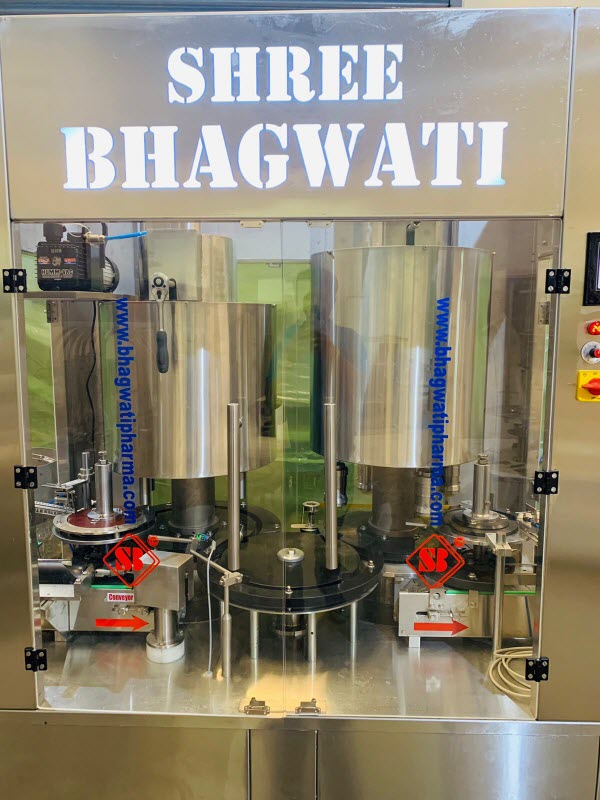
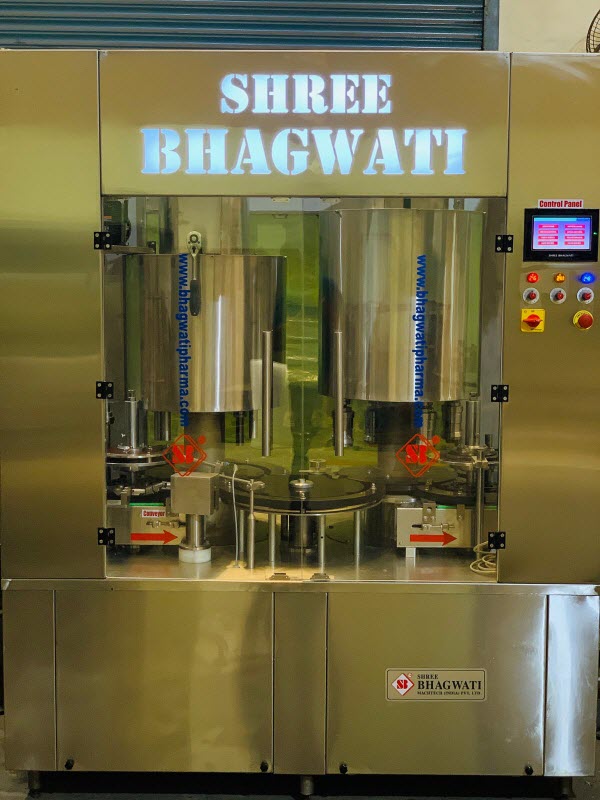
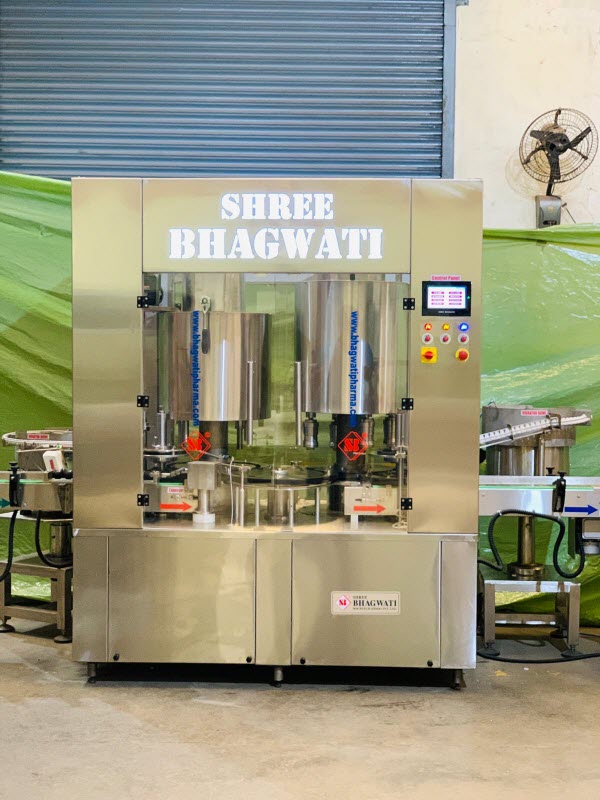
Screw Cap Sealing Machine Weight
If you are looking for a screw cap machine, you have probably wondered what the difference is between manual and automated machines. Whether you are using one for small-scale production or an industrial setting, you’ll want to choose a machine that has an accurate torque measurement. Manual machines are a great choice for testing small torques, while automated machines eliminate any human error. Here’s a look at the benefits of each type of machine.
Screw capping machines have many benefits for packaging operations. They can streamline packaging lines and reduce labor costs, all while ensuring proper hygiene when capping containers. This also helps prevent costly spills that can occur when manual capping products. Automated packaging lines also reduce the risk of defective capped containers. You’ll be able to cap containers faster, and you’ll save time, money, and operators. They also help you avoid a number of injuries.
Automatic Screw Capping Machines are easy to use and have a number of features. For example, they can close both twist off and screw caps, and they feature change parts to accommodate different sizes of bottles. They’re usually self-supporting and have a height-adjustment system. The machine is precision-built on a welded steel frame and includes doors for easy servicing. They’re also ideal for handling a wide range of container shapes, from small cylinders to round ones.
Manual screw capping machines require an operator to feed the container and lid combination onto the machine. Fully-automatic screw capping machines use spindle disks to apply torque on the lid. Whether you’re using manual or automatic screw capping machines, be sure to choose a machine that has sufficient space for capping the bottles you produce.
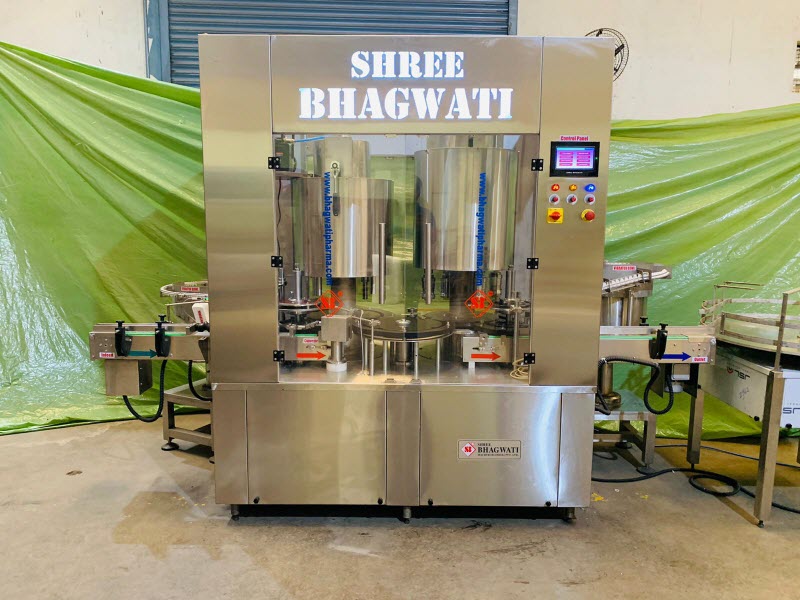
Screw Capper Machine Size
Screw capping machines can be found in many different sizes and shapes. Most are portable and are suitable for small-scale productions. You can choose between an electric or pneumatic model. Some feature an adjustable torque control and a reverse / forward switch. There are also models that can work with plastic, metal, and glass containers. There are many advantages of having a screw capping machine, so be sure to check out the details of each machine and decide which one best suits your needs.
The diameter of bottle caps can range anywhere from five to 120mm. Very small caps will need a vertical placing device, while large caps will need a cap tightener. Depending on your business needs, you may be able to get away with a monoblock system. The final decision is up to you, but make sure you know how much production you are doing. Some machines will be suitable for small productions, while others are more suitable for large operations.
Bottle screw capping machines are generally designed for round bottles and can handle up to forty bottles per minute. They feature a stainless steel finish and a cap feeder. They can be used on a liquid or powder filling line, and are suitable for most sizes of bottle and cap combinations. A high speed screw capping machine is also compatible with various bottle types, including tubular bottles and moulded glass. You can even get one with a flip-off cap, if that is what you prefer.
A fully automatic screw capping machine has an advanced man-machine interface that enables a smooth user experience. Automatic screw capping machines are also easy to operate and feature a rotatory feeding worm. This machine can also adjust its closing torque so that the caps are tightly sealed. Unlike manual screw capping machines, automatic screw capping machines have sensors that prevent the caps from breaking. These machines are CE-certified and feature automatic shutoff when jammed.
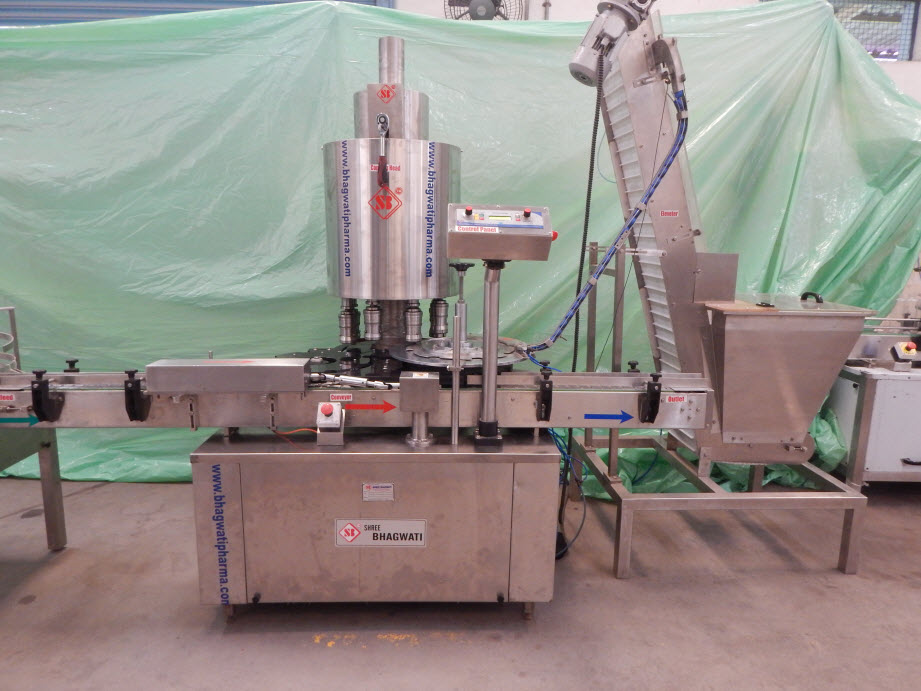

Application of Screw Capping Machine
There are various types of automatic capping machines available in the market. Depending on your needs, you can select from table top solutions that are equipped with pedals and start buttons. These machines are designed to cap various sizes and shapes of bottles, including plastic and glass containers. They are also equipped with an overload protection system to prevent further damage to electrical parts. These machines are suitable for various industries that require high production speed. They can also be used online.
Unlike manual capping machines, automatic capping machines are capable of handling heavier containers. However, the weight and dimensions of the machine also influence the air requirement. Luckily, most manufacturers make their machines with adjustable air requirements so that you can easily adjust them to meet your production demands. The electrical requirements of automatic capping machines vary with the scale of production. To ensure that you get the right equipment for the job, you should know how much electricity it requires.
The most common type of screw capping machine is the tabletop version, which allows operators to load containers into the machine. These machines are ideal for packaging liquid products such as soft drinks and bottled water. They are also suitable for various container sizes, including large glass bottles. They also allow users to increase their production rates without sacrificing their safety and hygiene standards. The screw capping machine helps you save on labour costs by eliminating injuries caused by manual capping.
There are two basic types of screw capping machines. Linear screw capping machines and fully automatic capping machines are ideal for closing twist-off caps. The machine works with a conveyor belt, which moves bottles from one end to the other. The machine’s closing head descended toward the mouth of the container and tightened the cap. The pneumatic system prevents the container from spinning while the machine works. The torque can be adjusted to as much as 6.3 Nm. In addition to the capping head, the linear machine has a hand wheel and a counter to ensure accuracy.
















